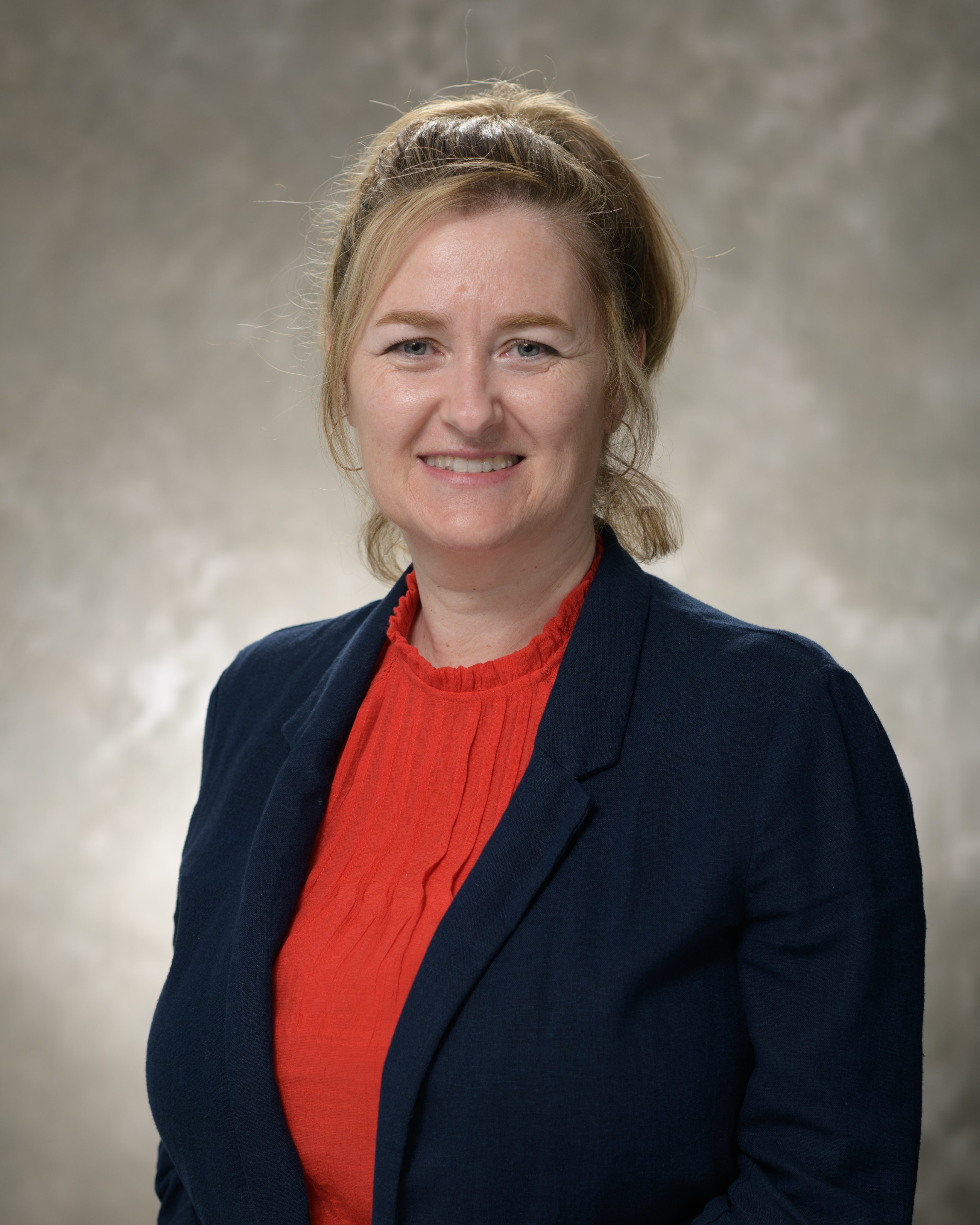It didn’t take Diane Beck long after arriving at the Beckman Institute for Advanced Science and Technology to start doing some truly interdisciplinary research.
Beck, a full-time faculty member in the Cognitive Neuroscience group, focuses on how our cognitive processes and neural structures both enable and limit our visual representations of the world.
“I’m interested in the sort of things like why is it when we’re looking right at someone but, say we’re deep in thought or busy doing something else, that we fail to see them,” she said. “This suggests we have this limitation that we can only process a certain amount of information at the same time.”
Beck came to Beckman and the University of Illinois in the fall of 2005 chiefly, she says, because of “the number of fantastic faculty here that I have common interests with.
“I would call myself somebody interested in visual cognition and the brain. There’s fantastic visual cognition people here and fantastic brain and cognition people here, so it was a perfect place for me.”
After only a few months at the Institute, Professor Beck is already expanding her interests to include a collaboration with Electrical and Computer Engineering Professor Fei- Fei Li. Beck and Li, a full-time Beckman faculty member in the Artificial Intelligence group, are starting a research line that involves using computer vision techniques to analyze fMRI data. The project began when Beck and Li talked at a Beckman social gathering about working together and then came up with the idea during lunch at the cafe – in other words, a classic tale of how interdisciplinary collaborations often begin at the Institute.
“A nice thing is that because she’s a computer vision person, she actually brings a lot of mathematical sophistication that is less common in the field of fMRI because they look at data a little bit differently,” Beck said. “This is a good one for Beckman because it wouldn’t have happened if it weren’t for the Beckman Institute. It’s because she’s five doors down that I’m even talking to her.”
Beck is diversifying the Institute’s research portfolio in another way by introducing an imaging method called transcranial magnetic stimulation (TMS) to Beckman’s Biomedical Imaging Center. She said TMS allows researchers to disrupt activity in certain regions of the brain as a complementary technique for use with functional MRI.
“Then you’ll get an idea of whether that brain region was at least in part responsible for the behavior,” she said.
A native of Wellington, New Zealand, Beck and her family moved to Southern California when she was 12. She got her Ph.D. in psychology from the University of California at Berkeley in 1998 and was a postdoc at Princeton University and University College London, where she began her current work in the limitations of the visual system. But her future research work at Beckman could be going in new directions. Even her collaboration with Li began with an idea about one research project before the concept for applying computer vision techniques to fMRI data came up.
“So we decided to go down that road, which is completely different from how we started,” Beck said. “It is an amazing thing that just having people in the same place is such a good idea.”
